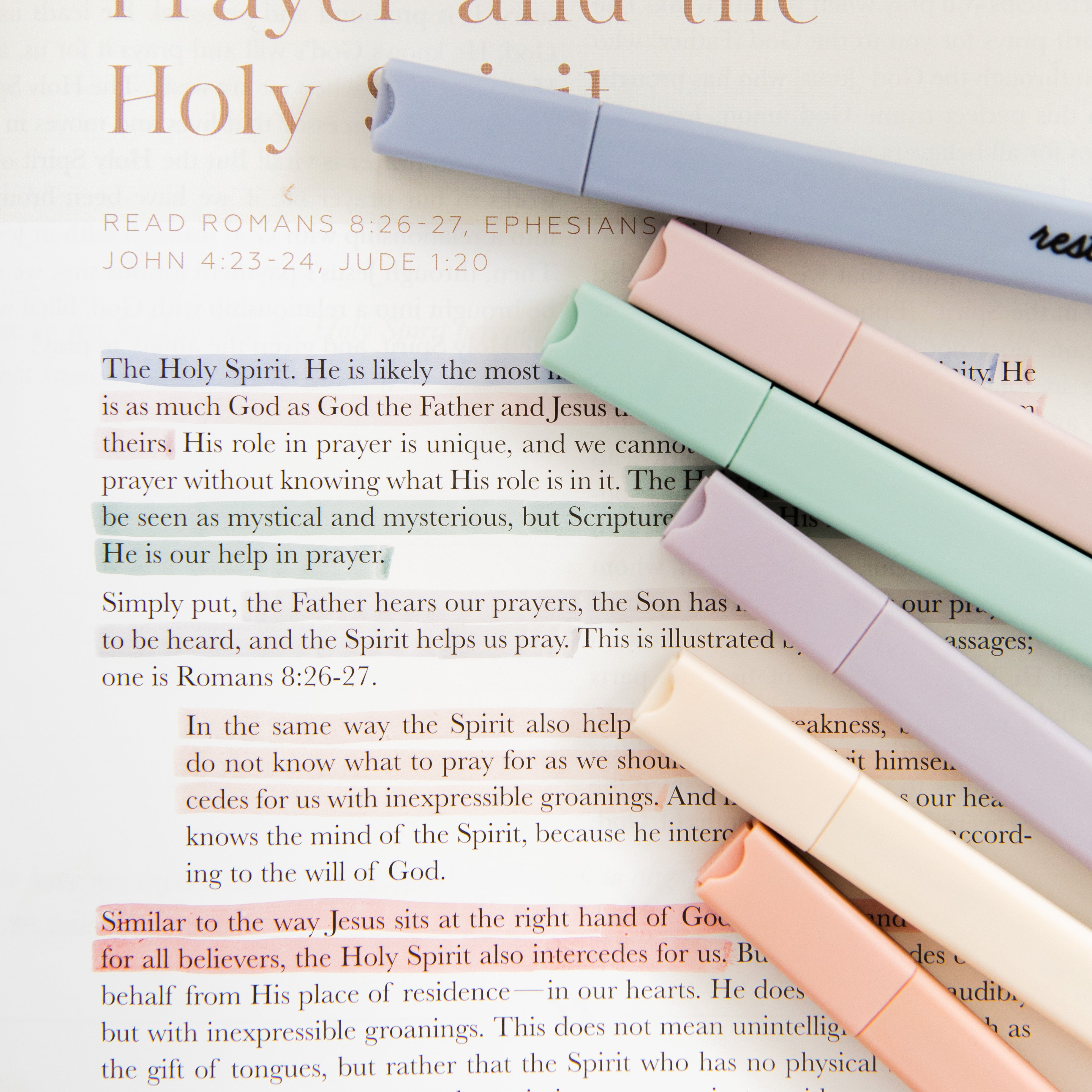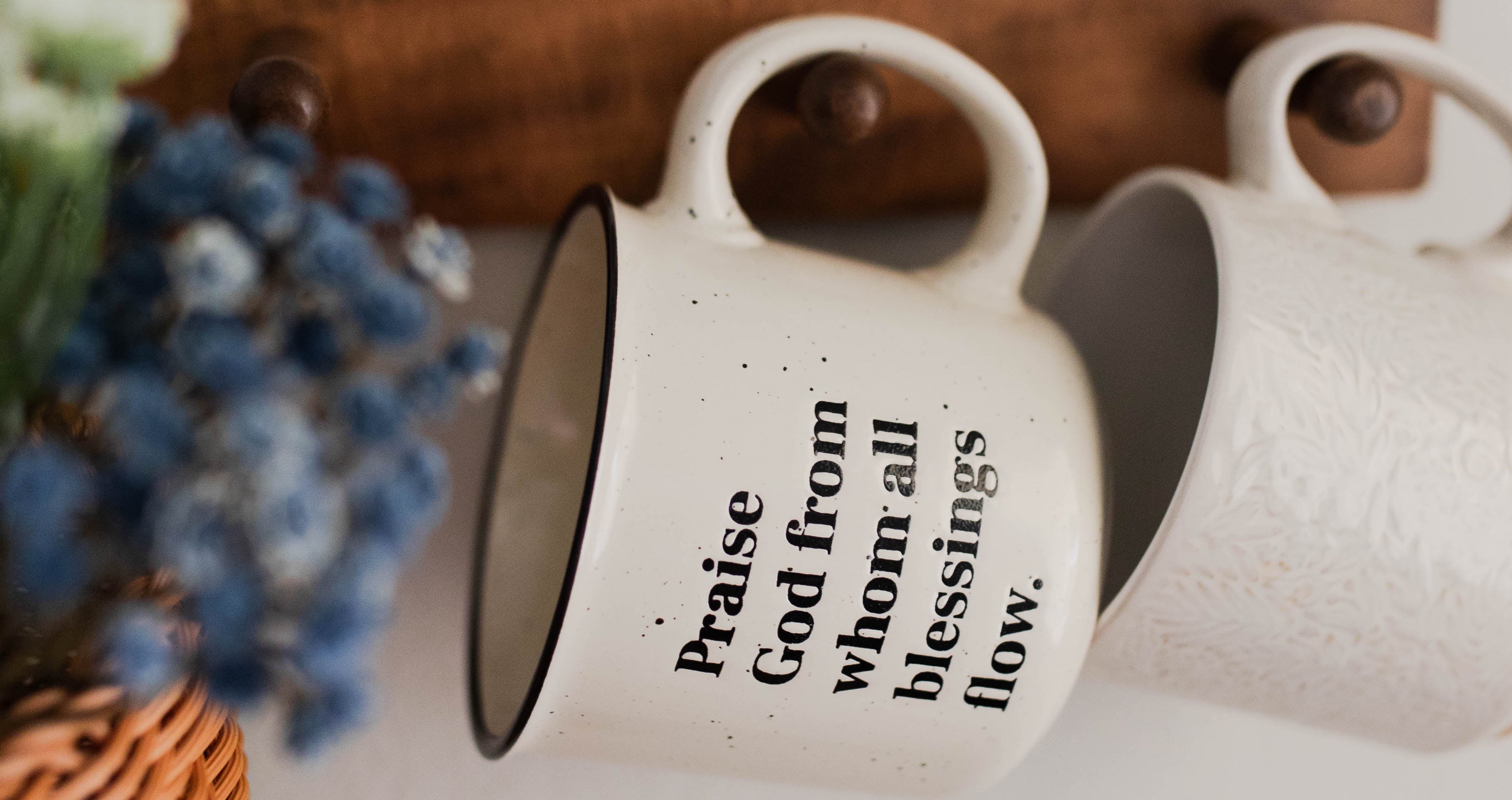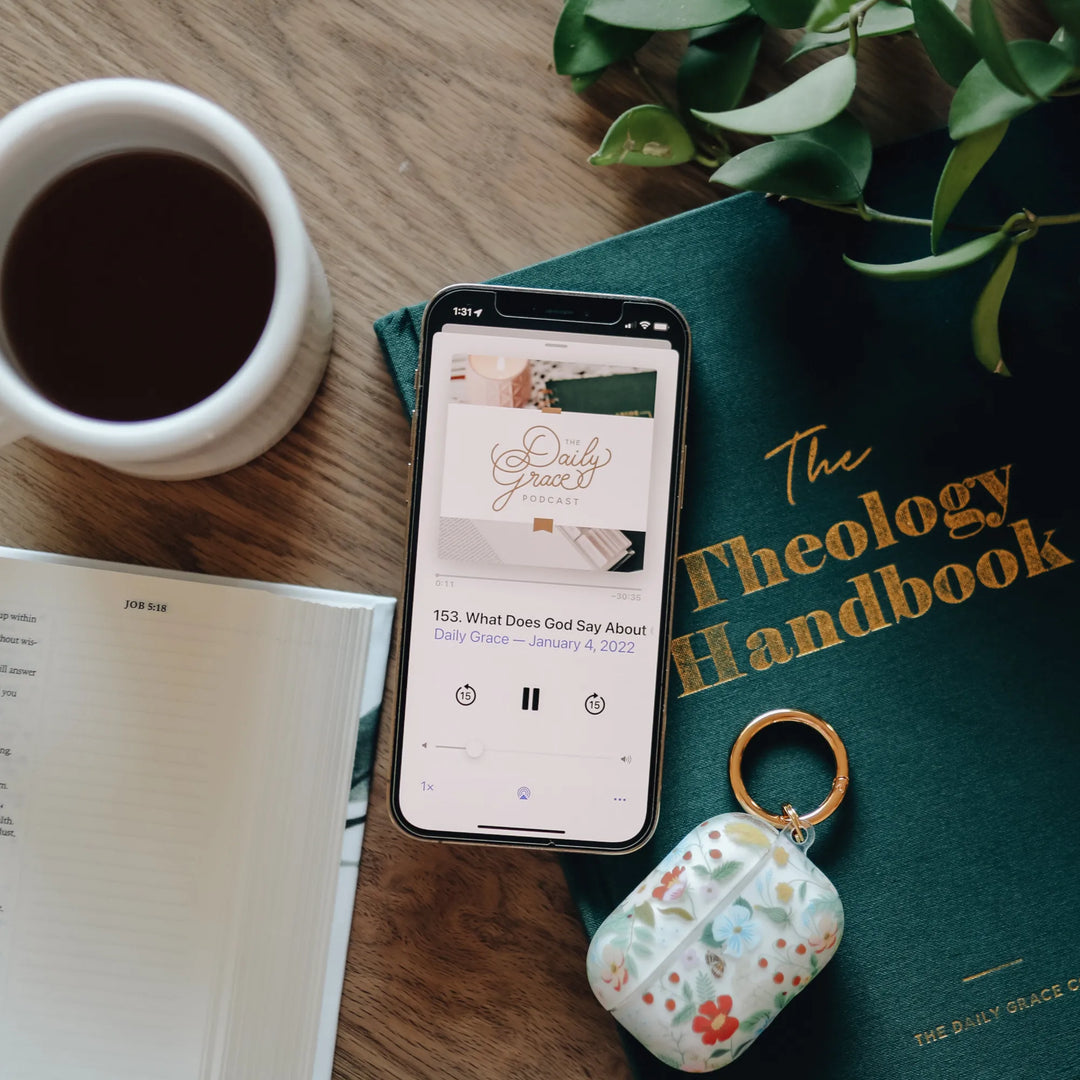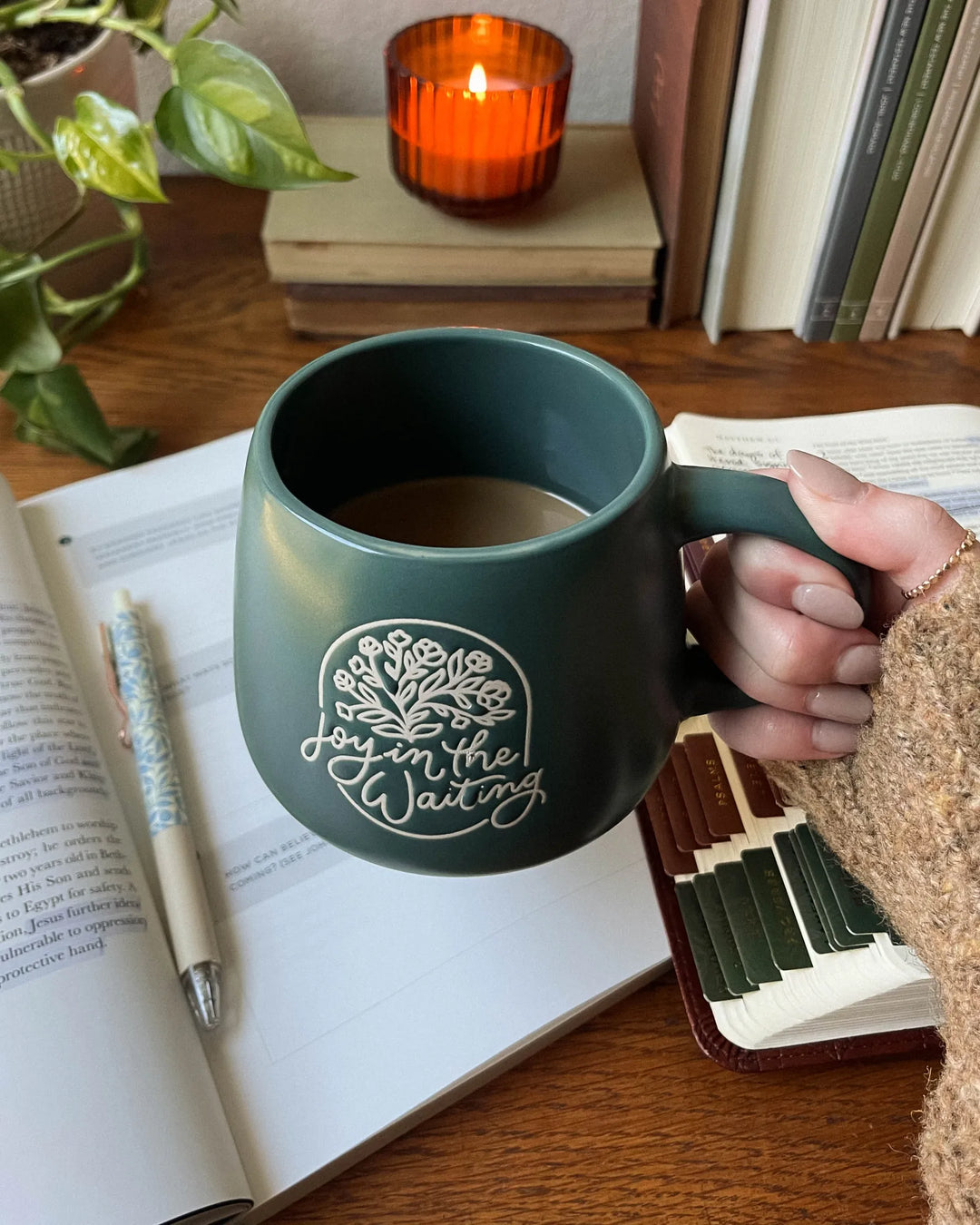Have you ever had a conversation with someone and five minutes later you can't remember what in the world the conversation was about? If that has happened to you, and it has most definitely happened to me, then it is probably safe to say that the conversation was about nothing. Our conversations can be made up of a bunch of talk and "nothingness". This same nothingness can play out in our prayer lives, too. We pray elementary prayers such as "bless this food" or "thank you for this day," but there is no meaning or emotion behind these words. This pattern of prayer is stagnant and it is stunting our prayer lives and the prayer lives of those around us. As we unpack what a prayer life looks like and all that it entails, let us purpose to grow in the power of prayer, understand the posture of prayer, and re-learn what a prayer life looks like, and how to demonstrate that to those around us.
Power of Prayer
Let's start off by asking the question, "What is prayer?" Well, to put it simply, prayer is our communication with God through the Holy Spirit, as He speaks to us through His Word. But prayer is more than a simple way of communication; it is a powerful tool that can cultivate your spiritual life.
Throughout the Bible, God uses prayer as a means to powerfully connect with His people. We see this in David's humble prayer for deliverance (Psalm 3), through Hannah's authentic prayers of pain and praise (1 Samuel 1:10-20, 2:1-10), through Jesus' anguished prayer in the garden (Matthew 26:36-42), and through Paul's faithful prayers for growth and blessings on the church (Ephesians 1:17-19, 3-16:19, Philippians 1:9-11, Colossians 1:9-12). These prayers were not one-time requests. God's people presented their needs before the Lord "seven times a day" (Psalm 119:164)! The power of prayer can be experienced by means of diligent pursuit, which then results in true intimacy with the Creator of the World! We see this prove true through the examples stated above and because of their steadfastness, they experienced the power of prayer! Thus, our connection with God is met through the discipline of prayer. So, prayer should not be an effortless part of our lives, it should be viewed as a major tool to grow, cultivate, and establish our relationship with God.
Posture of Prayer
I think where we can get stuck in our prayer lives is on "what to say." We assume our prayers have to be established, put together, and devout. But the truth is, the way we pray has little to do with the words we say; it has more to do with the posture in which we pray.

The posture of prayer should be one of humility. This does not always mean we are in a silent and isolated place on our faces before the Lord. A posture of humility is the mentality of how we approach God. It is accepting that God is King of our lives. We are in a relationship with Him solely because He forgave our sins and graciously loves us despite our sin; therefore, we can boldly come before Him because He yearns to hear from us (Hebrews 4:16)! The posture of prayer gives us access to God whenever and wherever we are. Sometimes this will take place in your car, during a sermon, in a screaming match with your kids, or during a hard conversation with your spouse. Take advantage of our never-ending communion with the Lord, for when we are in a posture of humility, God will hear us and powerfully answer our prayers (1 John 5:14)!
Do not let us approach our Lord as though we were strangers, or as though He were unwilling to hear us–for we are greatly beloved by our loving Father.
Charles H. Spurgeon

Ways to Pray
Now that we covered the power of prayer and how to access that power through a posture of humility, let's get into the practical side of prayer. The way we pray can vary person to person. Some prayers are out loud, some journaled, some are inaudible, some are sung, etc. Prayer is personal and should be encouraged in that way. As a Christian, you can be fostering different styles of prayer in those around you or in your own personal walk with God. We can start by making sure that our prayers are real. We don't want to get caught up in fancy lingo or repetitive statements. Our prayers should not go over other's heads. They should make people feel comfortable. By this example, others will see and feel what it looks like to simply talk to Jesus and will help them to create an authentic, personal, and active prayer life!
Everyone is different, therefore each prayer life will look different. I remember serving at youth camp one evening, and one of the girls in my youth group was sitting down during worship. As a youth leader, I went over to check on her and was surprised to see the girl sitting and reading the book of Psalms. I asked her why she didn't want to stand up in worship, and the little 7th grader simply replied, "I am worshiping." This girl's response rocked my world. I was awakened to the realization that the Holy Spirit demonstrates prayer, worship, and knowledge differently in each person. So as a youth leader, mom, spouse, or just fellow Christian, let's encourage other's personal and individual prayer lives. If someone is nervous to pray out loud, encourage them to journal their prayers. If they like to sing, encourage them to write out songs of prayer. If some desire to pray on their knees, encourage that! Prayer is personal and intimate, so let's be encouragers and examples of a strong prayer warrior.
If you feel like your prayer life is stagnant, there are many ways to learn more about prayer that aren't just through a sermon. Some easy activities include short and sweet popcorn prayers, writing out a relatable psalm, passing prayer requests in a hat, a prayer walk, and more! Get creative with your prayer life. Prayer is not just sitting in silence or only for the "strong Christians". Prayer can be fun, personal, and unique.
Overall, prayer is one of the most important spiritual disciplines. It is a powerful tool that can be used to ignite growth in our spiritual walk with God. Take time today to pray yourself. Examine your own prayer life. Are we praying for our kids, for our pastors, and for our own spiritual growth? Don't neglect to grow your own prayer life, then in turn you can teach and demonstrate what an awesome prayer life can look like.

If you would like your writing to be featured on the blog or in the Be Still Magazine (published quarterly), send your work to submissions@bestillmagazine.com for consideration!










